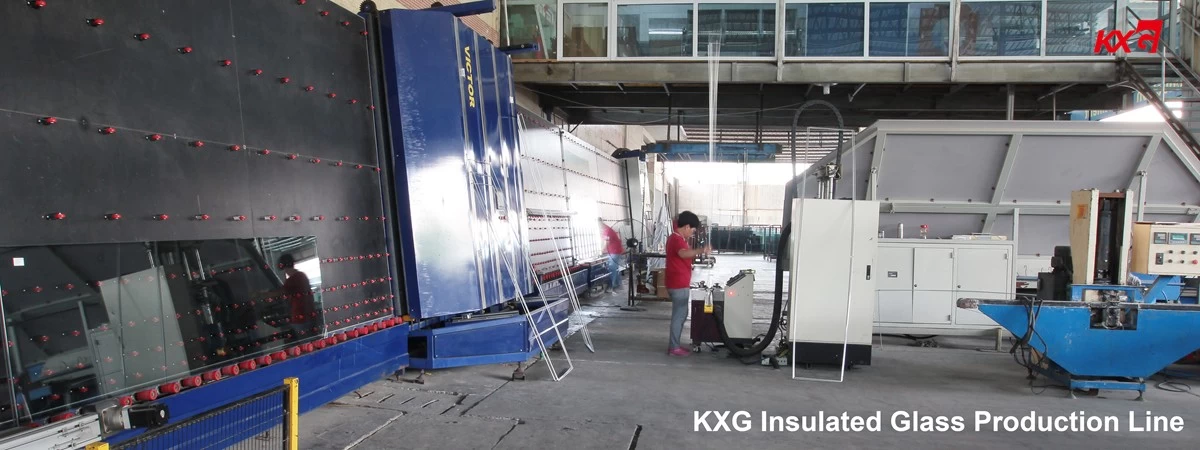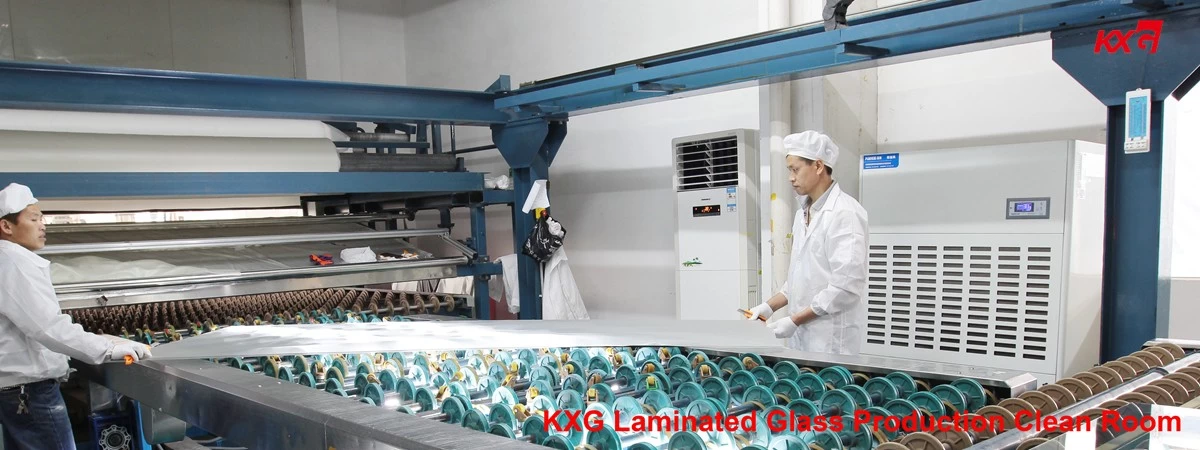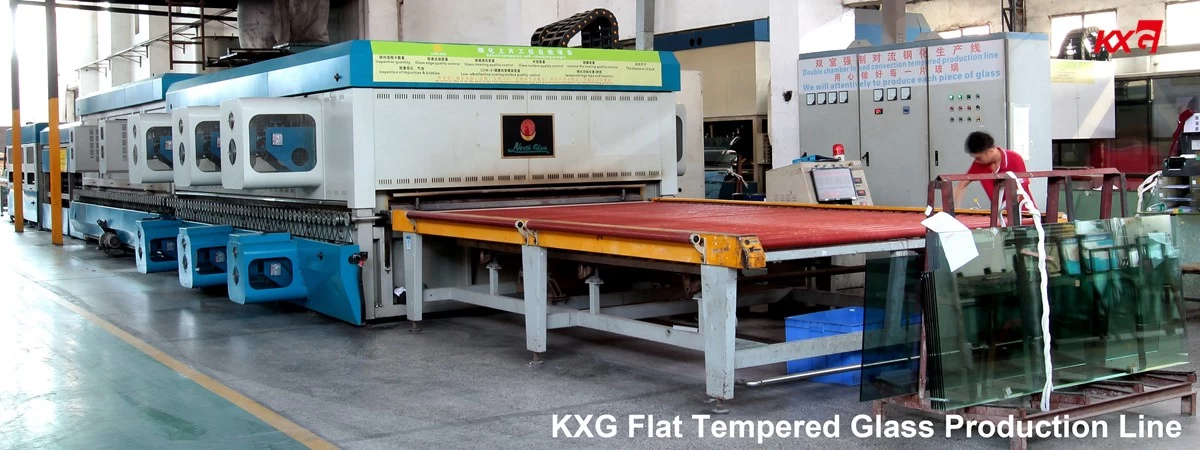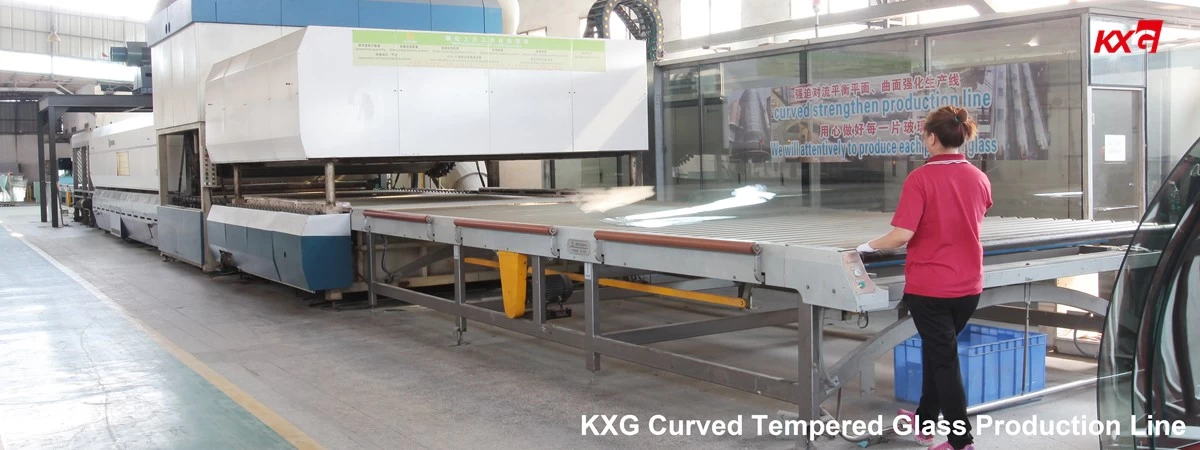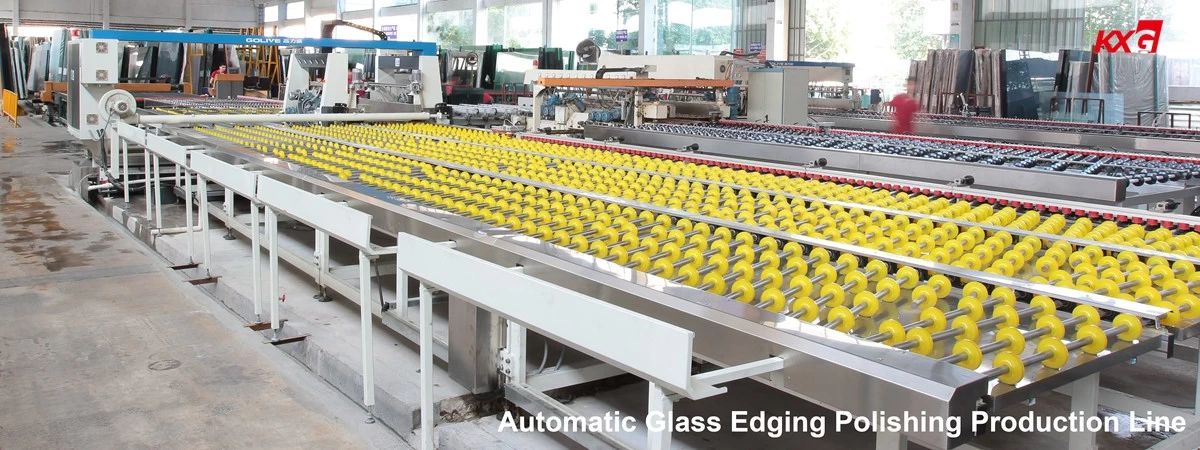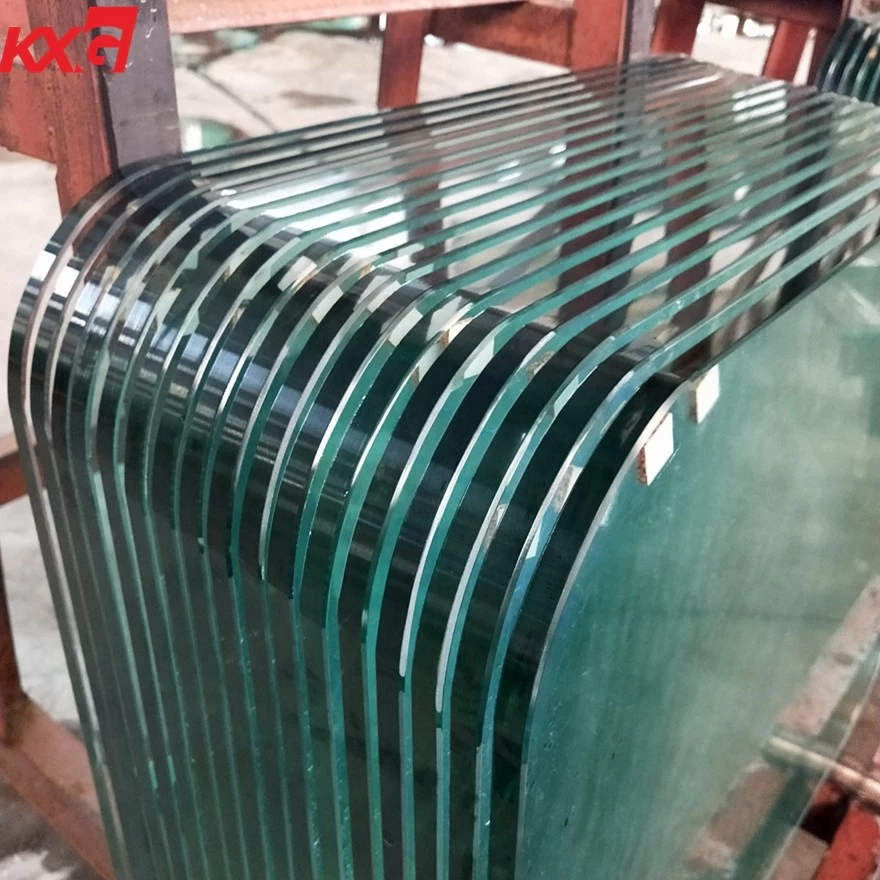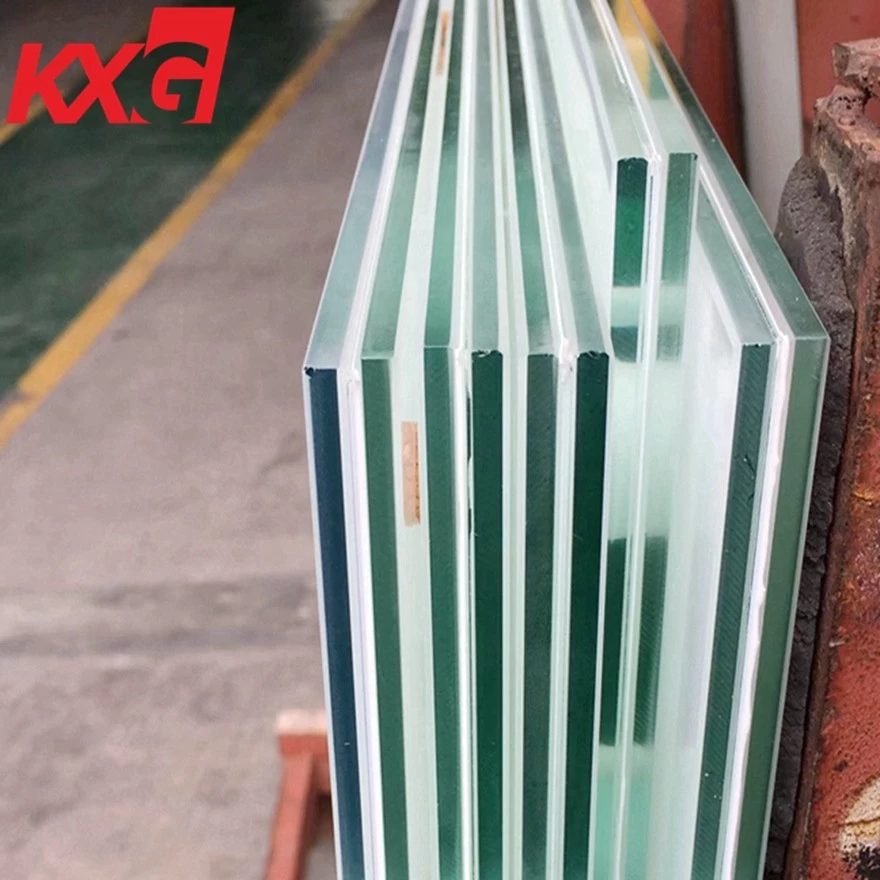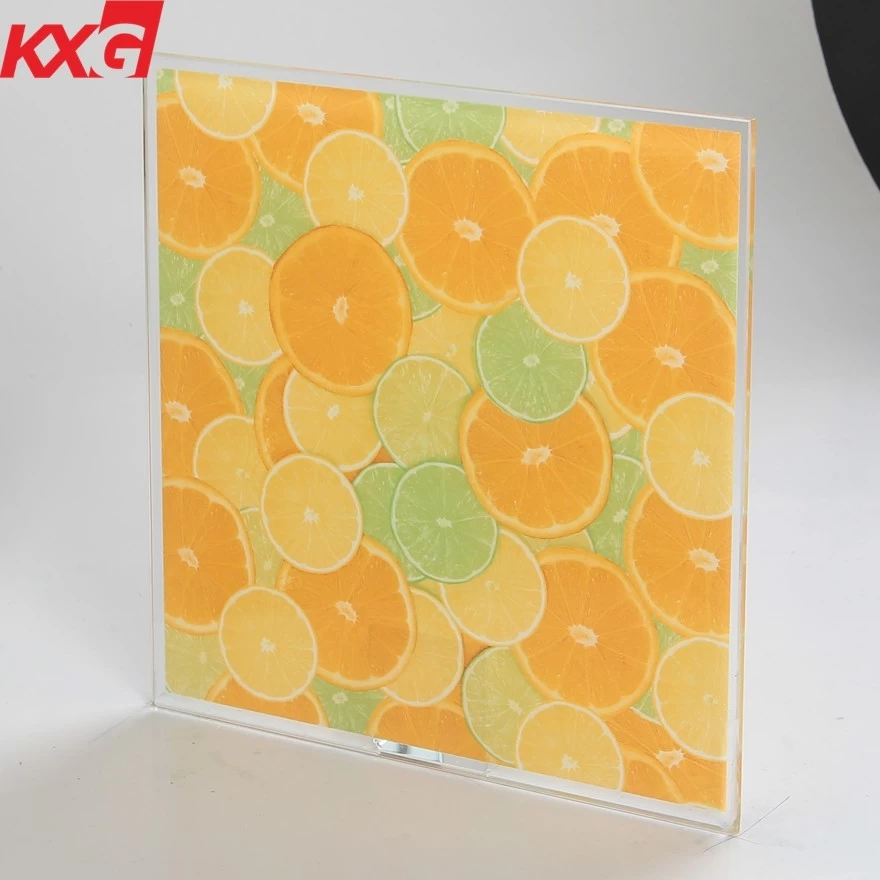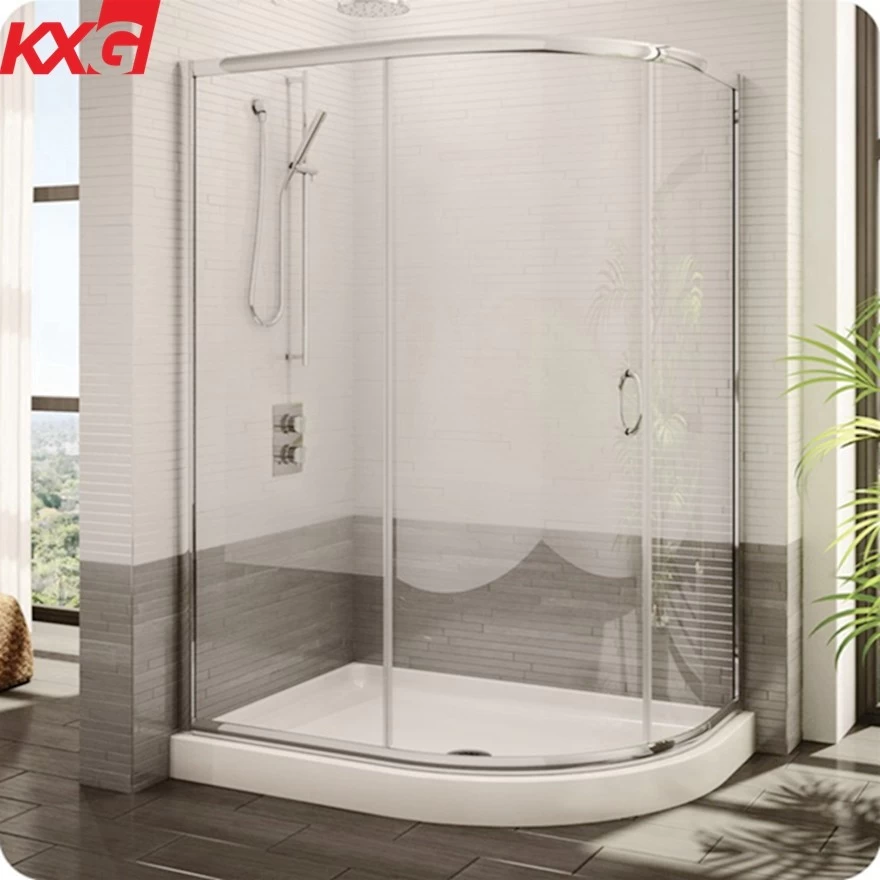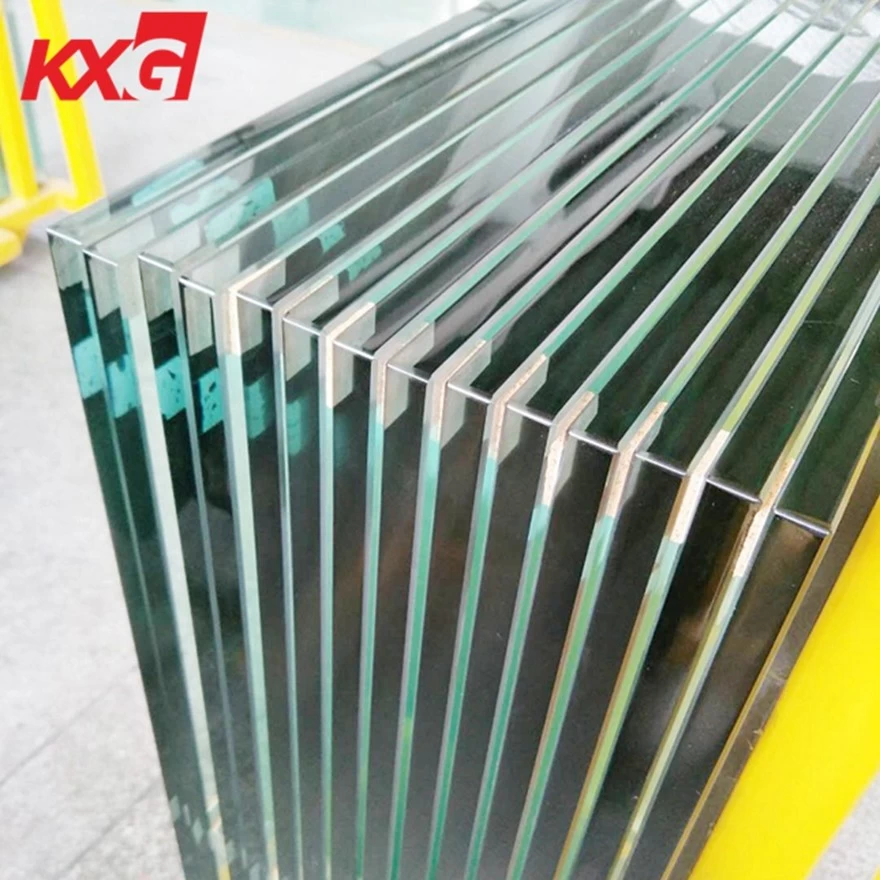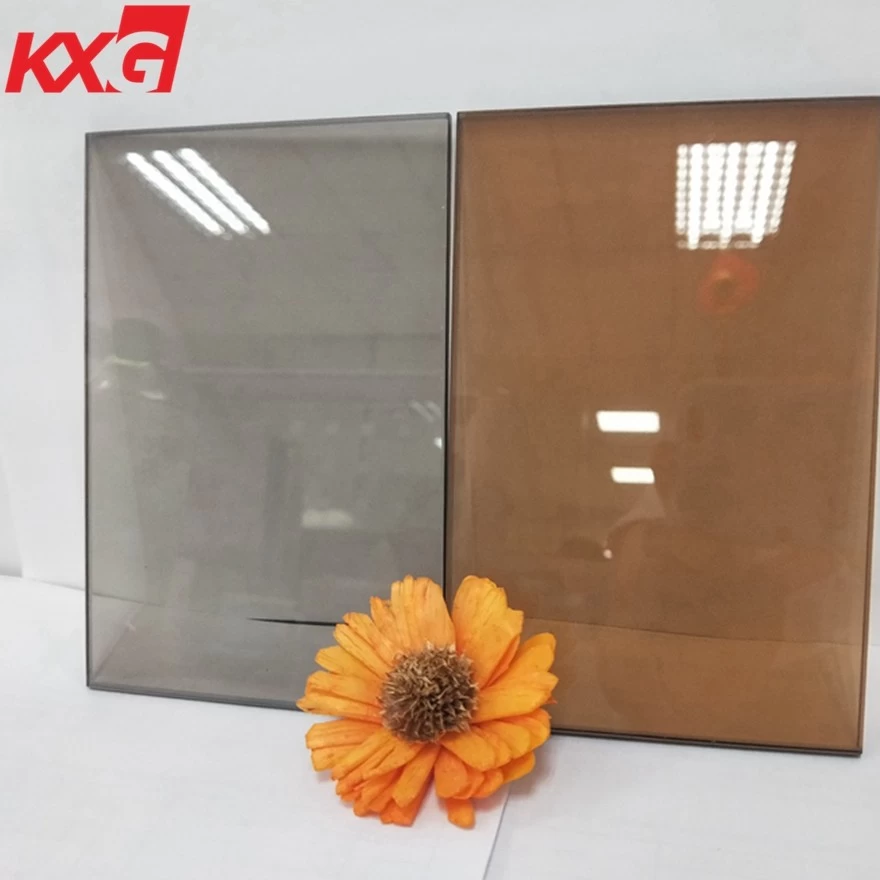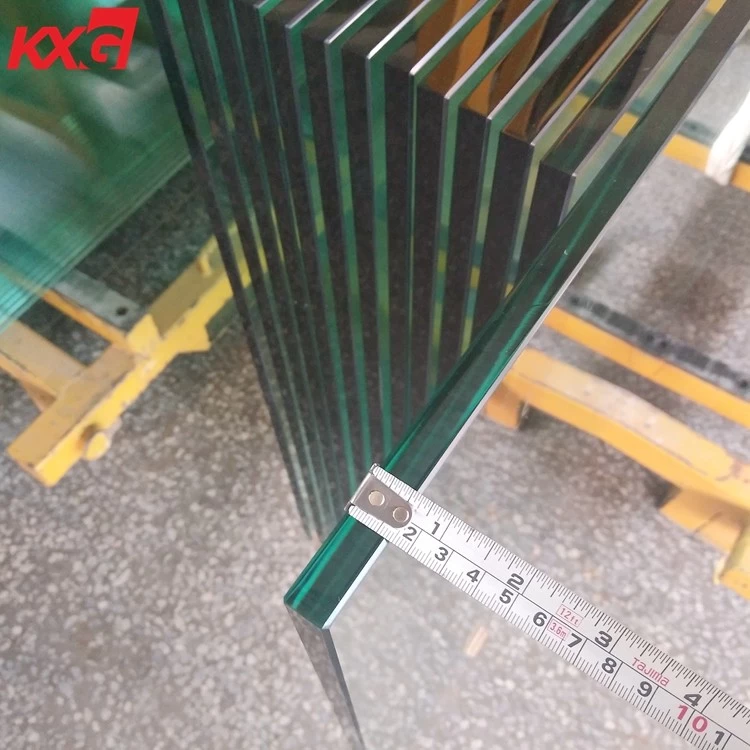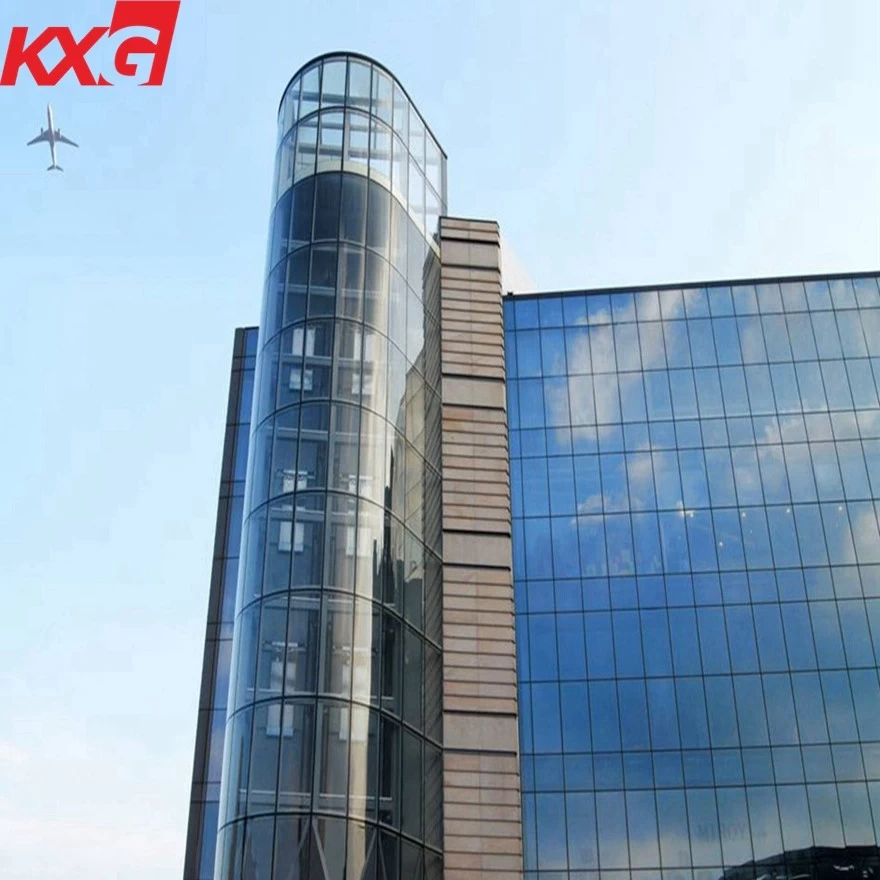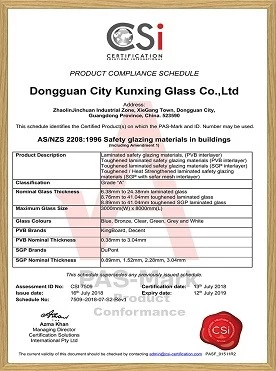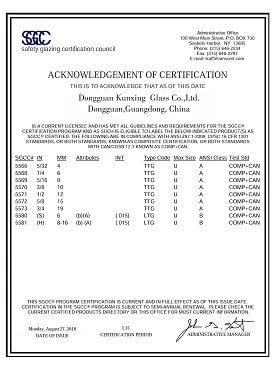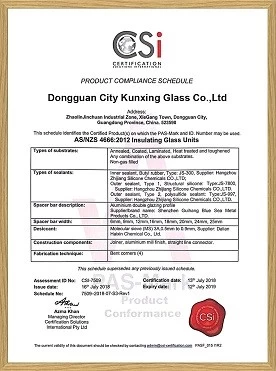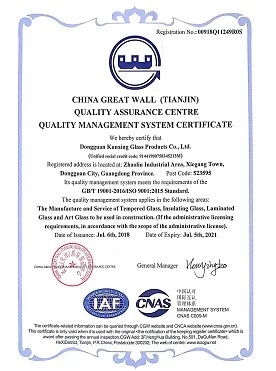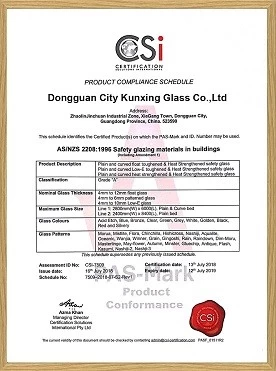Architectural Glass Curtain Wall Design
In a warmer world, glass curtain wall design significantly impacts the construction industry. As large-scale use of glass may lead to glare, undesirable heat absorption and common problems of bird collisions, glass building design must meet these challenges. At the same time, to improve the durability, safety, appearance, and efficiency of transparent buildings, the evaluation of the current situation and the investigation of new possibilities positively impact the development of glass buildings.
curtain wall insulated glass supplier
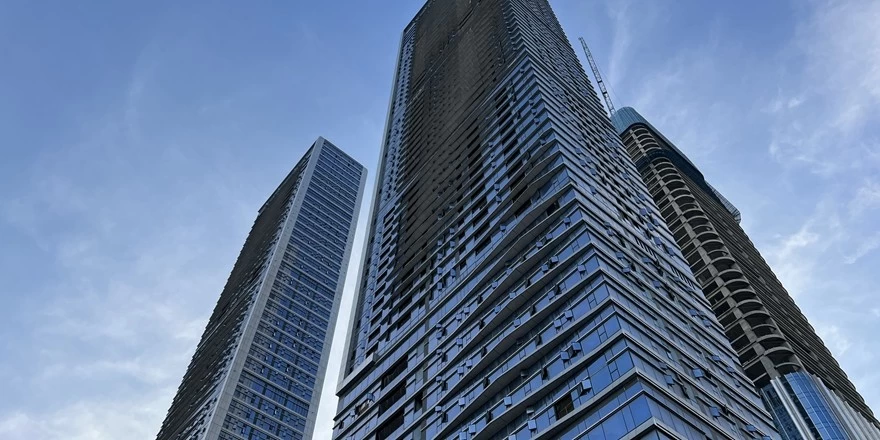
Glass curtain walls can be classified according to construction, materials, and functions. According to the construction method, they are divided into dry-hanging curtain walls, in which glass units are dry-hanged on the building facade through metal frames, which are suitable for high-rise buildings. Bonded curtain walls: glass is directly glued to the frame structure, which enhances the overall sense of the building.
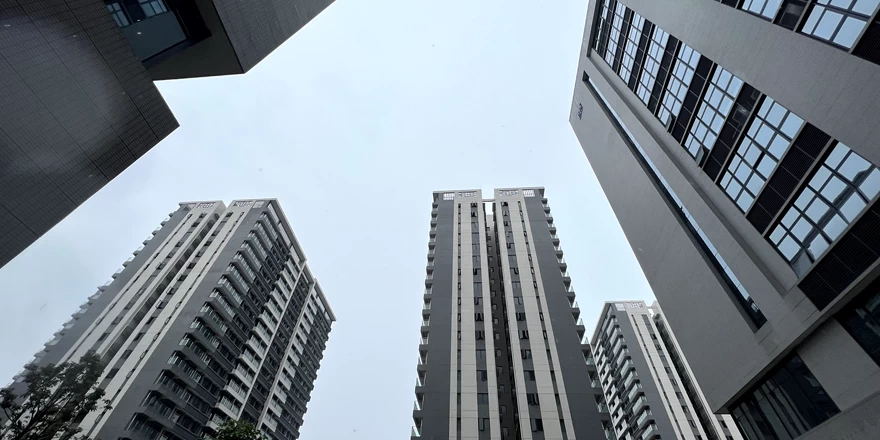
Glass curtain walls are divided into single-layer glass curtain walls according to material types: using a single piece of glass, suitable for general low-rise buildings. Hollow glass curtain wall: consisting of two or more pieces of glass with an air layer between them, it has good insulation and sound insulation performance. The glass curtain walls on higher floors can also be made of insulated glass with different configurations of heat-reflective glass, which reflects heat through special coatings and reduces air conditioning energy consumption.
double glazing coated glass window facade
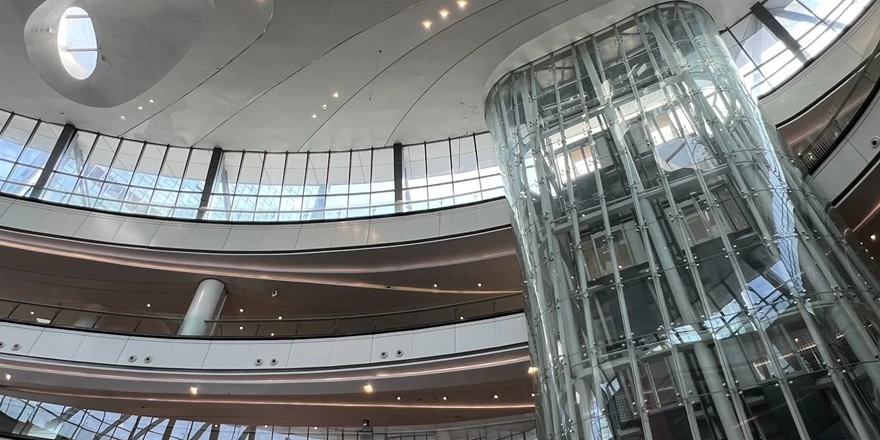
Sunlight analysis: Buildings in different regions and orientations receive different intensities of light. Light conditions should be considered during design to avoid strong glare and overheating.
Aesthetic design: The exterior design of the glass curtain wall should be coordinated with the overall architectural style. Different glass sizes, colors, and shapes can be used to achieve unique visual effects.
Environmental protection and sustainability: Recyclable materials and low-energy design concepts are selected to improve the environmental performance of the building and meet the requirements of modern sustainable development.
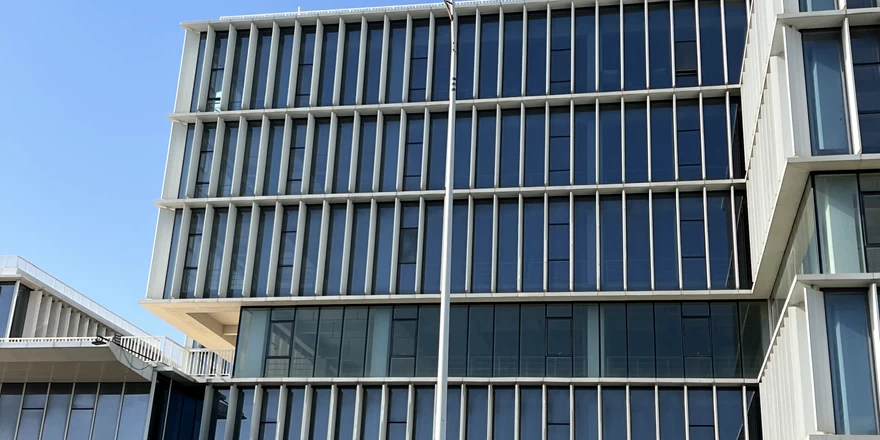
Considering the changes in environmental conditions and user comfort requirements, adopting a more dynamic and adaptive curtain wall is one way to address this challenge. Although this method requires more energy and higher complexity, it is expected to significantly promote more sustainable use.
In addition, a novel approach has been proposed to connect curtain wall design with the building environment, and suitable curtain wall design strategies have been identified for cities with hot and humid climates. This method quantifies the level of influence of curtain wall design parameters on thermal comfort, providing effective design strategies for buildings.
low e insulated glass facades factory
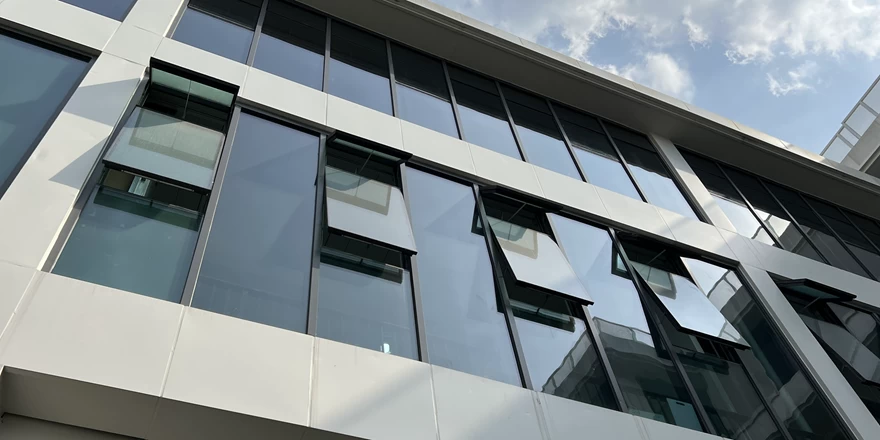
Overall, the design of glass buildings will continue to develop through new technologies and innovations. The use of products such as low-emissivity glass, low-carbon concrete, and lightweight materials can improve the energy efficiency of buildings and promote the realization of net-zero buildings.

